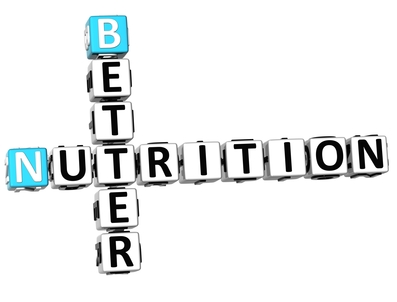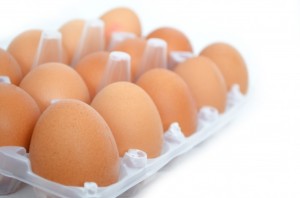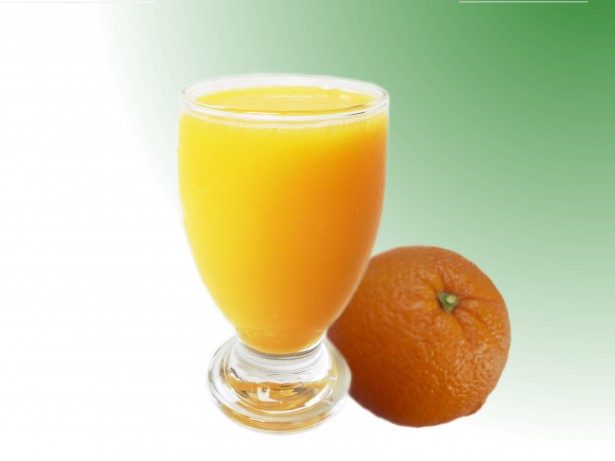Proper Nutrition for a Healthy Life
Over the past two decades, America has witnessed a rise in what many would agree to be “preventable deaths and diseases”. Now, in 2016, too many people are afflicted and losing the battle earlier in life from illnesses that used to be associated with the elderly including cancer, diabetes, high blood pressure, stroke, arthritis, heart diseases, and the always visible obesity.






 • While consuming 30 grams of protein at dinner is simple (a small chicken breast), boosting protein intake at breakfast and lunch protein can be more of a challenge if you eat on the run. Protein-rich breakfast foods that add 20 to 30 g protein include:
• While consuming 30 grams of protein at dinner is simple (a small chicken breast), boosting protein intake at breakfast and lunch protein can be more of a challenge if you eat on the run. Protein-rich breakfast foods that add 20 to 30 g protein include:



